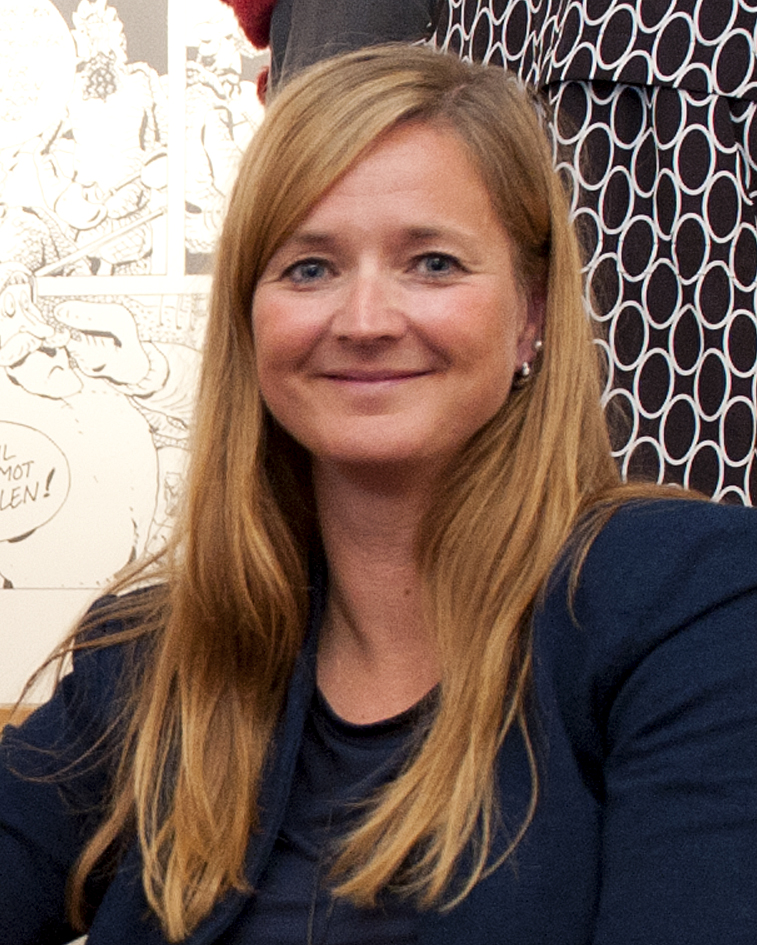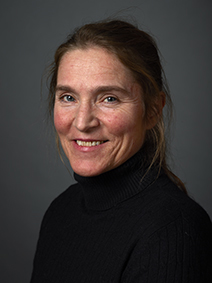Our research examines the cultural construction of polar history by asking what kind of Arctic and Antarctic realities museums fashion, uphold or even turn a blind eye to – and what role museums have to play in creating a better future for the polar regions.
The XARC group is interdisciplinary and our members draw on different social science and humanistic approaches. We share a common interest in polar history, gendered research perspectives and critical museology.
For XARC, exhibition-making is conceived as a particular way of doing research and a valuable method for unstraightening the grand narratives of the historical museum. The Polar Museum in Tromsø is XARC’s base and research laboratory, and our members are involved in several exhibition projects.
The ambitions of XARC are:
Ongoing work:
Recent publications:
Project milestones:
Interested in our SoMe-feed on ongoing activities and projects? Follow XARC on Facebook.

